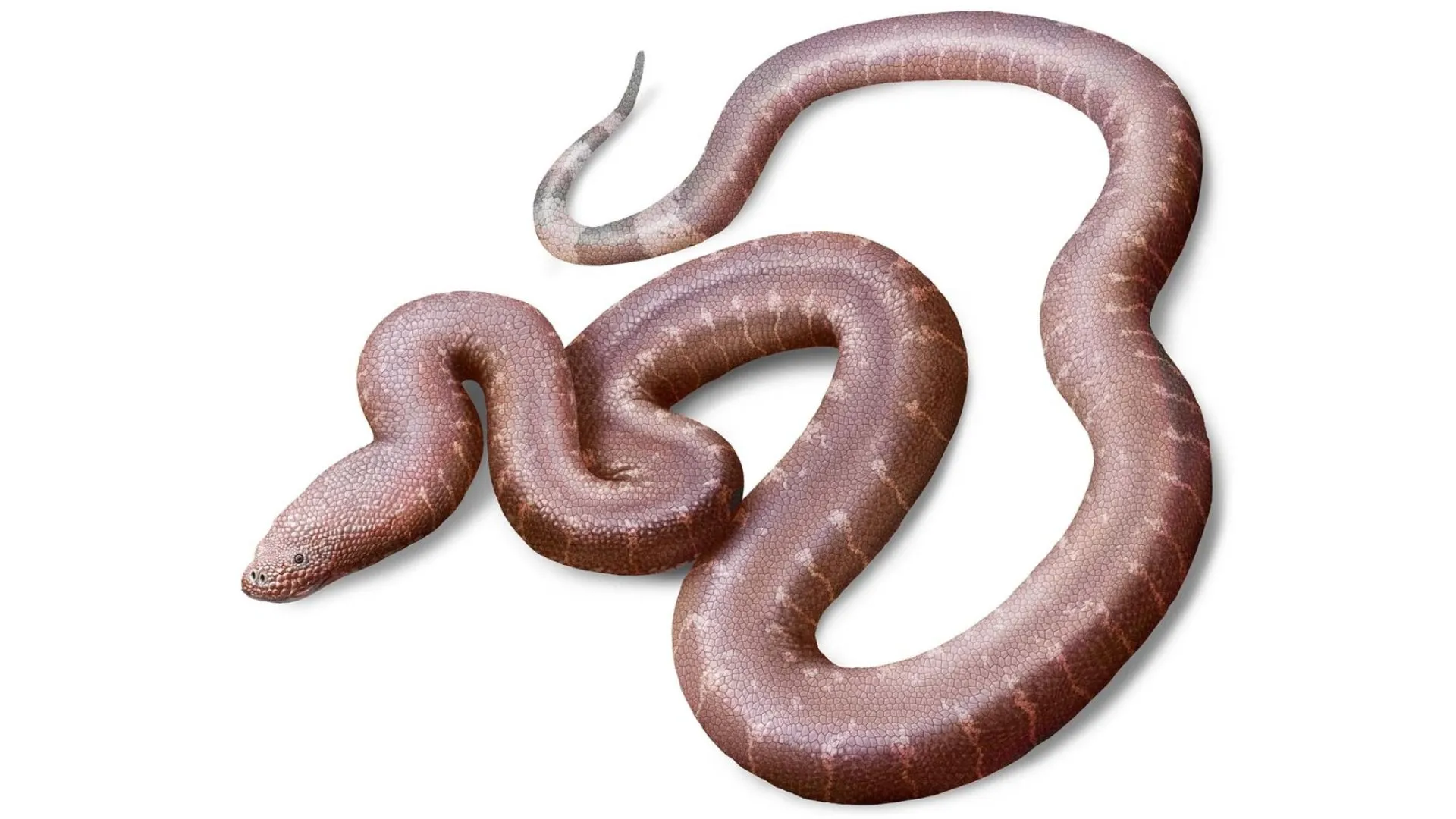Copyright Interesting Engineering

A newly described, extinct snake species has been identified from ancient backbones discovered at Hordle Cliff on England’s south coast in 1981. Named Paradoxophidion richardoweni, the new species lived 37 million years ago. The Natural History Museum team states that this discovery offers new insights into the origin of “advanced” snakes. P. richardoweni is an early-branching member of the caenophidians, the group that includes most of the living snakes. According to Dr. Georgios Georgalis, lead author of the study, this is particularly exciting because “there’s not that much evidence about how they emerged. Paradoxophidion brings us closer to understanding how this happened.” An early branch of modern snakes The new species appears very early in its evolutionary line, exhibiting a unique blend of traits currently scattered across various caenophidian groups. This feature has inspired its genus name: Paradoxophidion, which translates to “paradox snake” in Greek. The species was named richardoweni in honor of Richard Owen, a scientist credited with naming the first fossil snakes discovered at Hordle Cliff and instrumental in founding the Natural History Museum. Discovered in 1981, the tiny backbones — just a few millimeters long — had not received much attention historically. To study the remains, the research team used advanced imaging techniques. CT scans led to the identification of 31 vertebrae from various sections of the snake’s spine. Moreover, the scans enabled the creation of three-dimensional models of the fossils, which have been shared online to allow global study. The extensive analysis confirmed that all bones belonged to a single species, estimated to have been less than a meter in length. Possibly an aquatic species Due to the lack of a skull, its diet remains unknown, and the vertebrae provide no evidence of adaptation for specialized behaviors, such as burrowing. The bones exhibit similarity to those of modern Acrochordids (elephant trunk snakes), which are known for their baggy skin. All living Acrochordids are aquatic. Since Paradoxophidion is so similar to this family — one of the earliest caenophidian branches — it is potentially the oldest known member of that group, suggesting it too may have been an aquatic species. However, there is currently insufficient evidence to confirm its lifestyle or exact family classification definitively. The fossil site of Hordle Cliff offers insights into the Eocene epoch (56 to 34 million years ago), a period characterized by significant global climatic change. Around 37 million years ago, England had warmer conditions than it does currently. According to the study, this environment was maintained by higher atmospheric carbon dioxide levels. Plus, England’s slightly more equatorial position ensured more consistent heat year-round. Hordle Cliff has been a fossil-hunting ground for roughly 200 years, with early discoveries dating back to the 1800s, including the collection of crocodile relatives by Barbara Rawdon-Hastings. The site has yielded various fossils, including turtles, lizards, and mammals, as well as important snake species. The discovery of Paradoxophidion showcases the rich source of unexplored fossils that the museum’s collections still hold. The findings were published in the journal Comptes Rendus Palevol.



